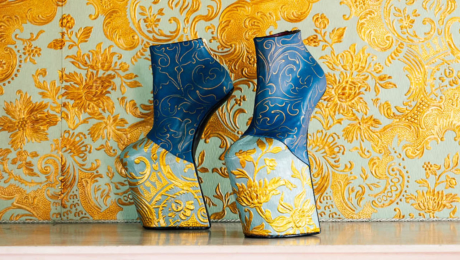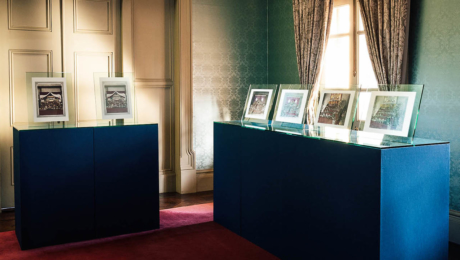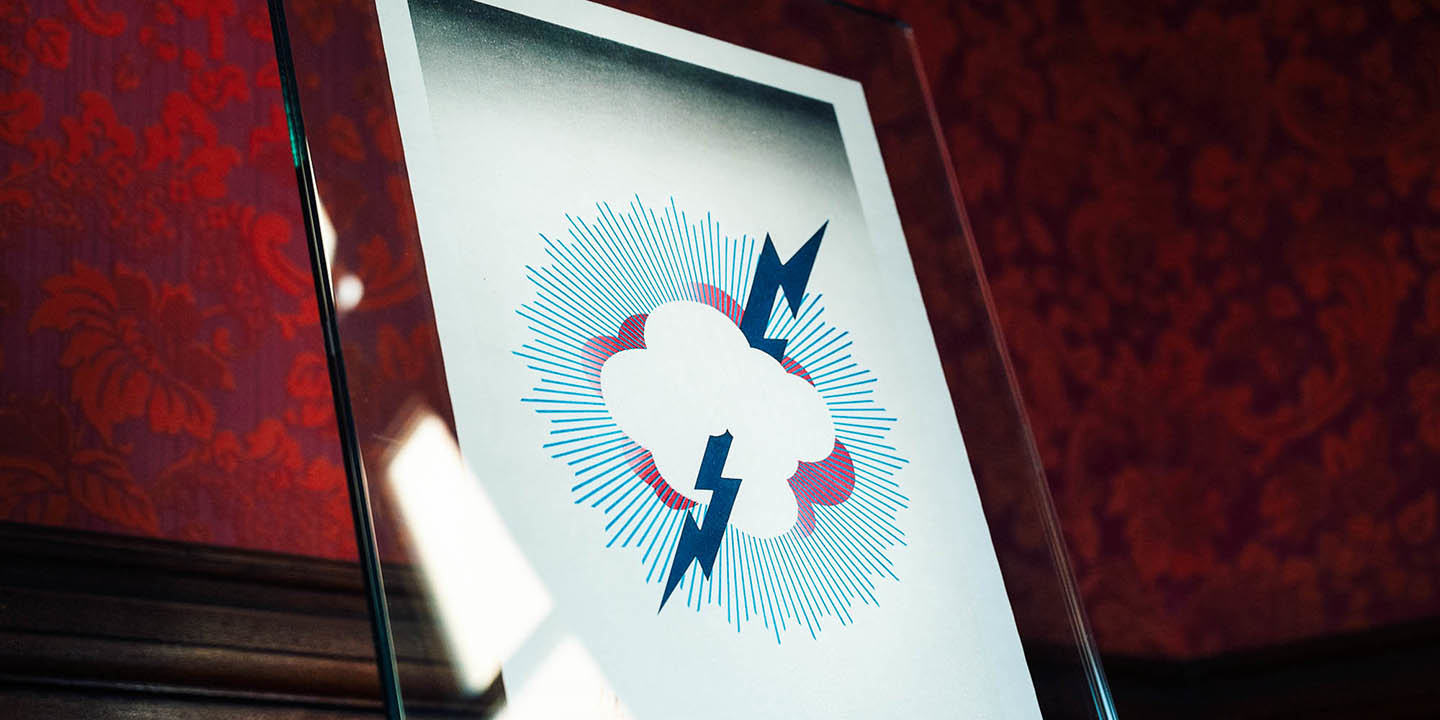

Edo Moku-hanga Takahashi Kobo
2022.03.24
LIFEBilliard Room | Contemporary Artist Noritaka Tatehana x Edo Moku-hanga Takahashi Kobo
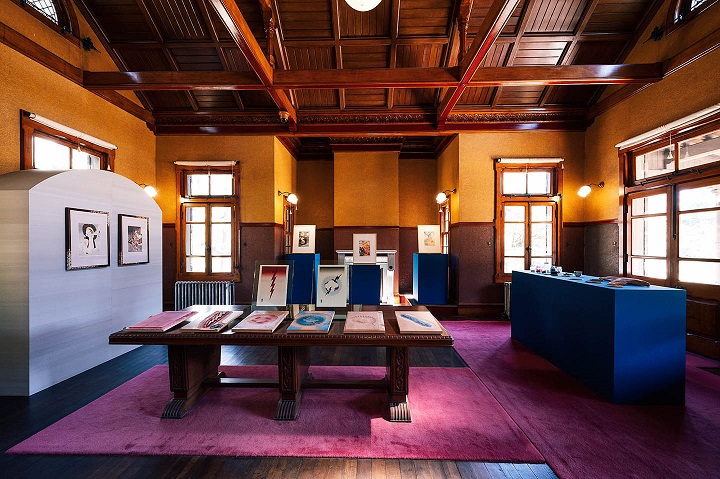
For over 160 years, Takahashi Kobo has created Edo moku-hanga, or Edo woodblock prints.
It now acts as a publisher, creating restored ukiyo-e prints from the Edo era as well as creating prints by modern woodblock print artists.

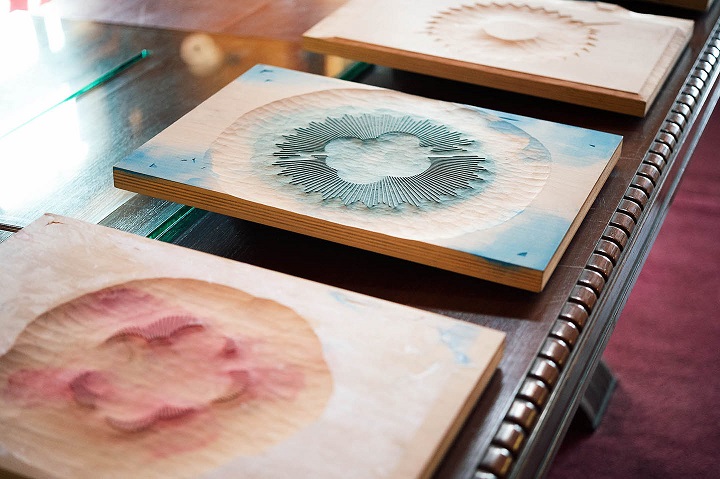
The first of its collaborative works is a set of woodblock prints with the motifs of thunderclouds.
They use three types of special woodblock printing techniques to reproduce a slice of Edo culture, said to be the foundation of modern printing.
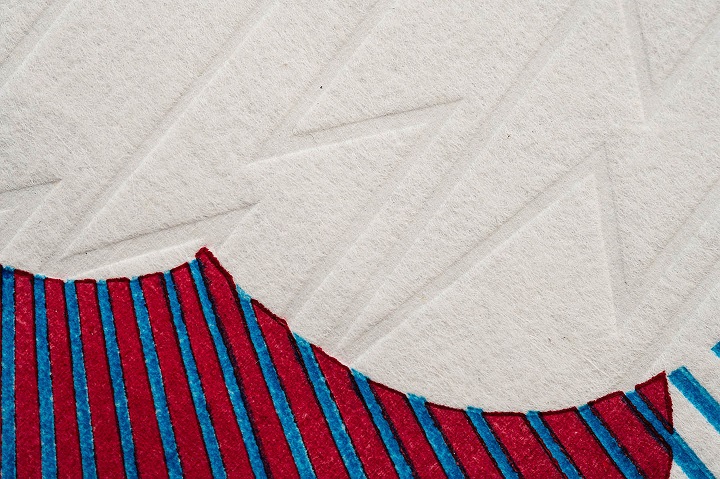
The first technique is karazuri, an embossing technique that uses no pigment.
The second is shomenzuri, in which a non-reversed plate is used to impart a shine to Japanese washi paper.
The third is kirazuri, a technique used in the backgrounds of works by ukiyo-e artists Toshusai Sharaku and Kitagawa Utamaro.
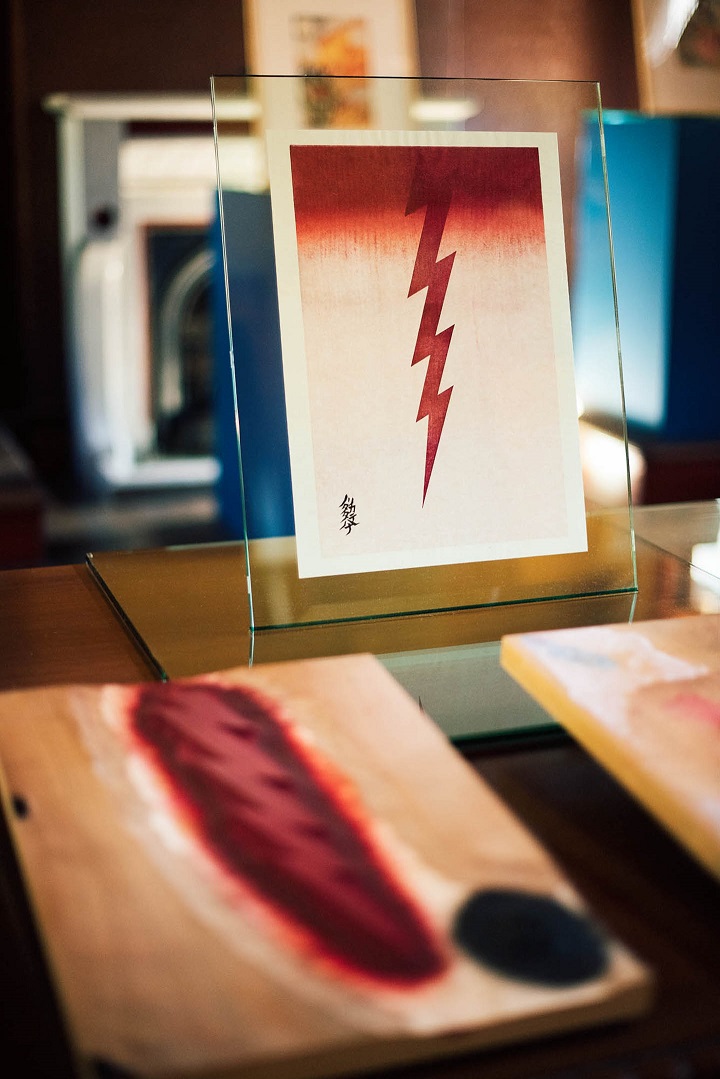
The second work, a hoso-e piece, is made using “beni” rouge.
Hoso-e were used as charms to ward off infectious diseases during the Edo era. They were made using rouge as their sole pigment, due to its symbolic meaning of warding off evil.
The backgrounds use Isehan Honten’s own saiku-beni rouge to attempt to reproduce the actual techniques used in the printing of hosoe-e prints during the Edo era.
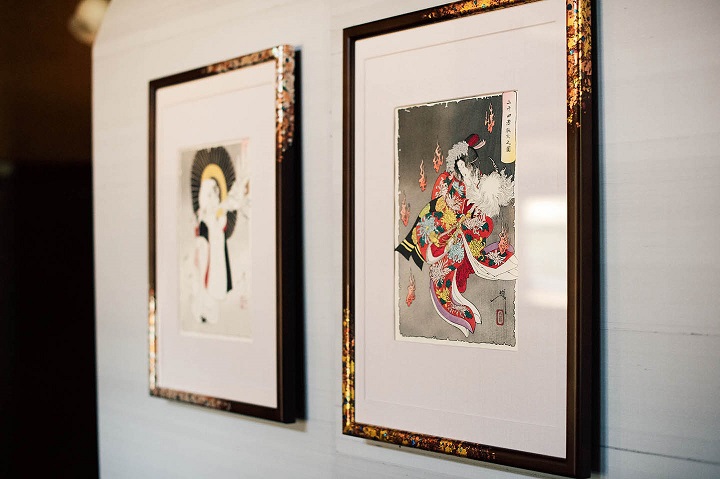
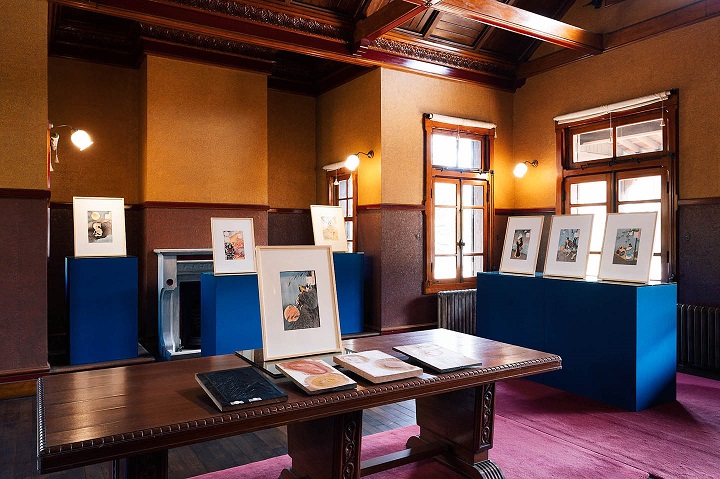
Ukiyo-e Print
Tsukioka Yoshitoshi “One Hundred Aspects of the Moon “. As part of the Edo Tokyo Kirari Project, Takahashi Kobo has restored old prints, sharing the works of Yoshitoshi not only in Japan, but with the entire world.

Key Block
Tsukioka Yoshitoshi “One Hundred Aspects of the Moon: The Moon by Mount Inaba”. The omohan, or key woodblock, creates the outlines of the piece. Irohan, or color woodblocks, are then used to layer colors.
Restored Woodblock
After investigating the amount of damage and abrasion, the print area is carved deeper in a process called sarai. For areas with a great deal of abrasion, a small knife is applied to the edges of the printing area to repair them. For cracked woodblocks, a drill is used to create a hole, preventing the crack from extending further, and then glue is injected into the crack. Corrugated metal fasteners are hammered into fissures.

Pigments
The main pigments used are powdered mineral pigments. Colors are matched by adjusting the amount of water added in order to replicate the colors of the original prints.
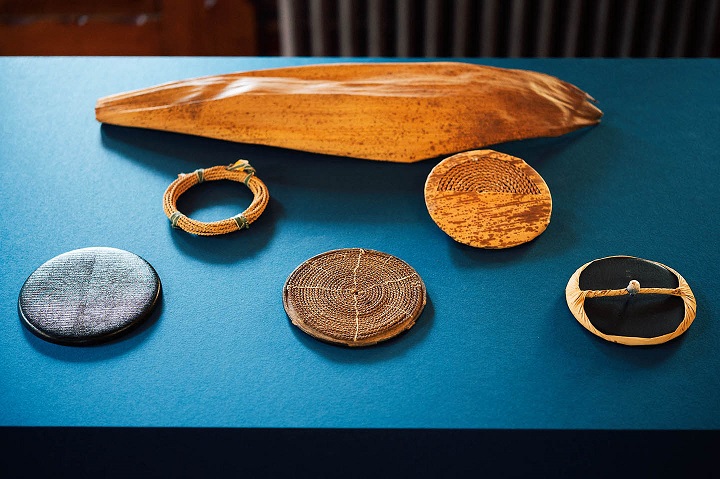
Traditional Baren Tool
The baren is one of the key tools of the printmaker. Barens are made from natural materials, entirely by hand.
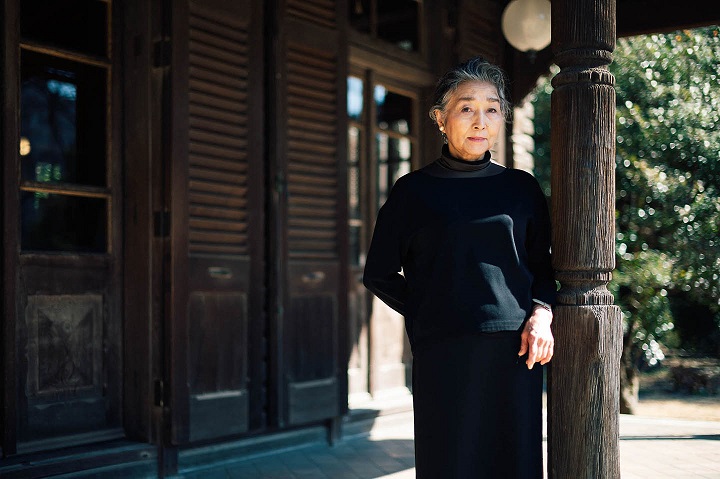
Edo Moku-hanga Takahashi Kobo
Takashi Kobo was established in the Ansei era. Since then, for the past 160 years, they have continued to produce traditional woodblock prints. The Takahashi family has been a “surishi” (the printer) of Edo woodblock prints for generations. Since the 4th generation, they have also been serving as the “hanmoto” (the producer). After acquiring the printing techniques from her father, Yukiko Takahashi took over the studio as the 6th generation head. Using the printing skills passed on from the 1st generation, along with the knowledge and sensibility of a “hanmoto”, she is involved in the entire process from planning to creation.
Photo by GION

NEXT: Important Cultural Property Kyu-Iwasaki-tei Gardens
https://en.edotokyokirari.jp/exhibition/life/edotokyorethink2022-kyuiwasakitei-gardens/




